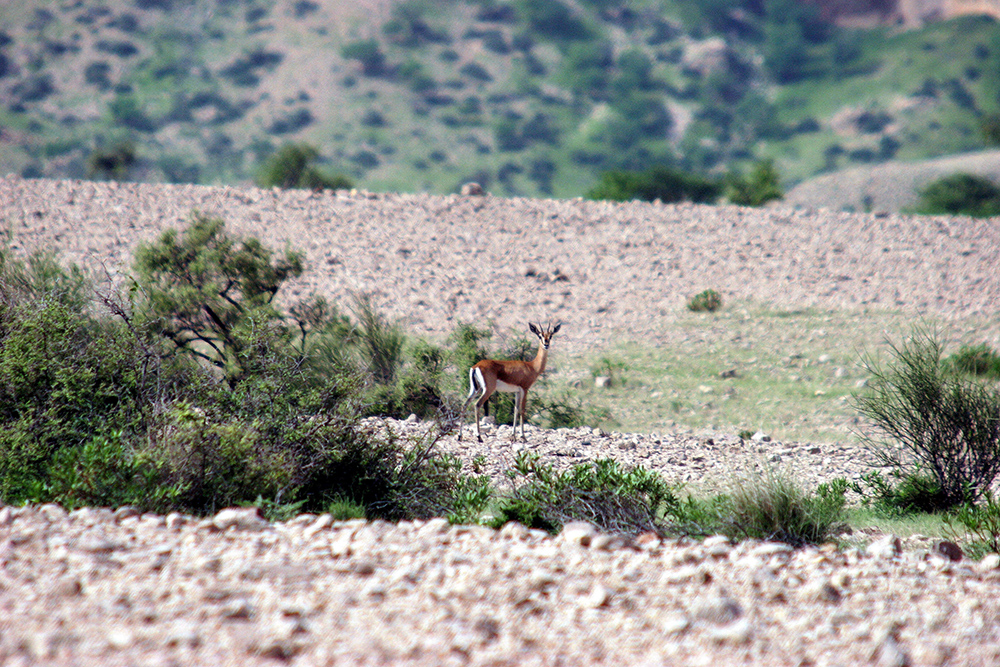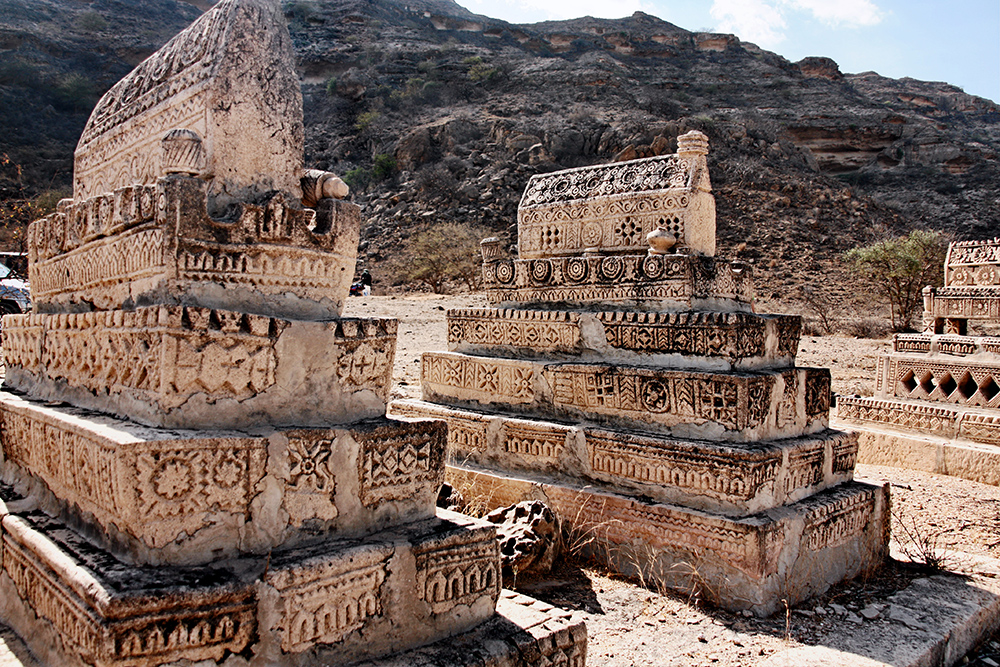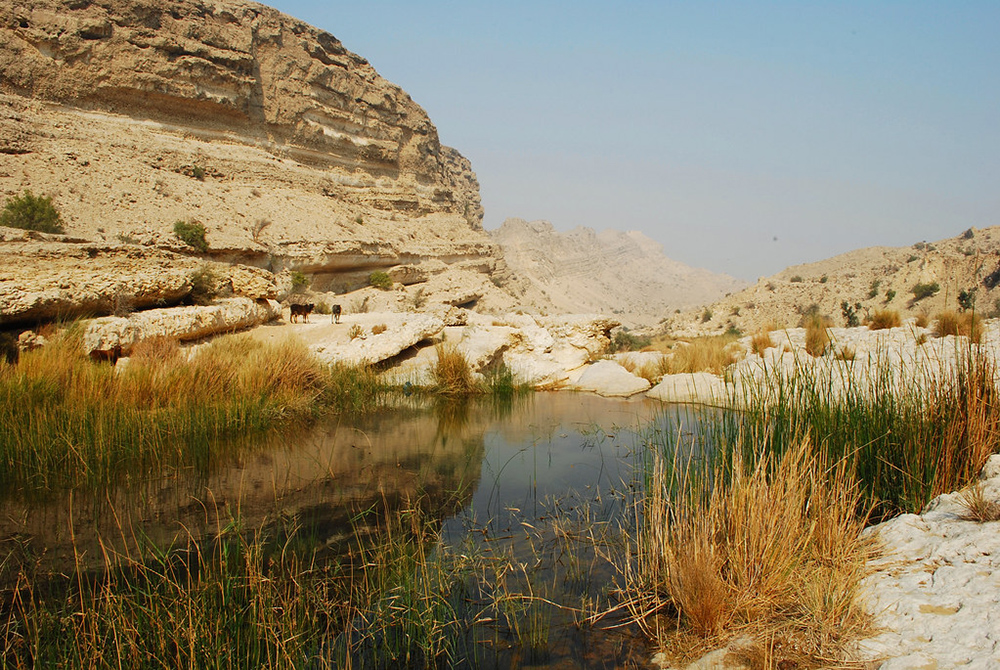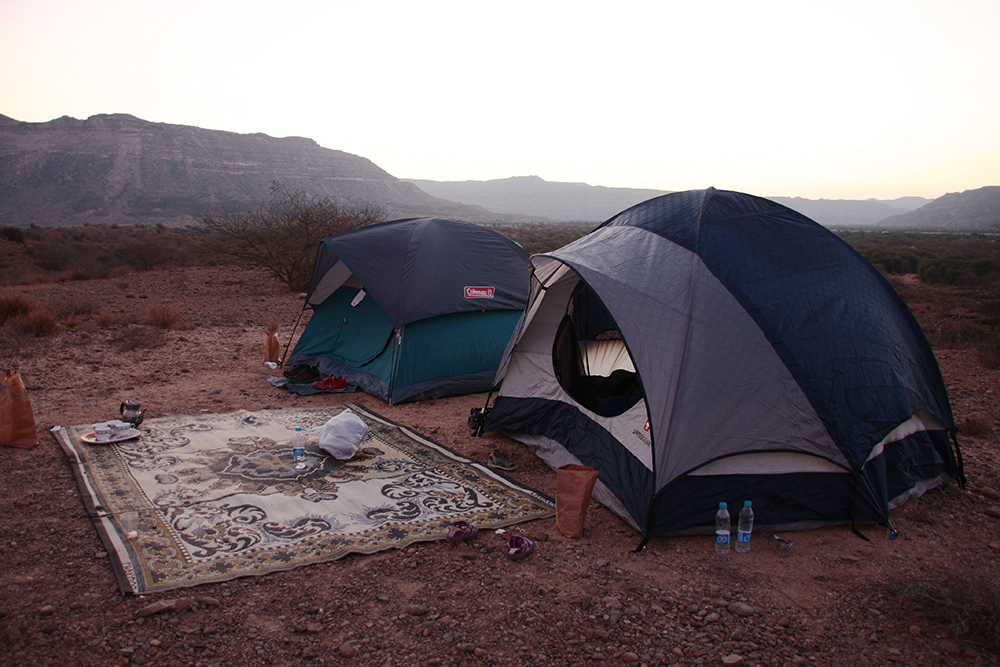Written by: Sadaf Shahzad
Posted on: August 12, 2020 |  | 中文
| 中文
Some Blackbuck Goats at Kirthar National Park
Perhaps some of Pakistan’s most underutilized territories are its national parks, which hold so much potential in their diversity and beauty. Kirthar National Park in Sindh is one such place that showcases some of the most interesting and sharply contrasting landscapes in Pakistan, from deserts, plains to water and oases. While people do venture to Kirthar Park on weekends or for day trips, with more promotion and better facilities, more people may consider it a viable and exciting tourist destination in Pakistan. The park is definitely for those who are adventurous and curious about not only the wildlife which exists in Pakistan but also the indigenous communities who have lived off the land for centuries.
Kirthar is Pakistan’s third-largest park, after the Central Karakoram National park in Gilgit-Baltistan, and Hingol National Park in Balochistan. Since 1975, it has been declared a protected site under the United Nation’s list of National Parks and Equivalent Reserves. It is located in the Kirthar mountain range, which forms a natural boundary between the Lower Indus plain and Southern Balochistan. The park itself is spread through the districts of Karachi, Dadu and Jamshoro, going as far as the Hub dam in the South. It takes about three hours to travel to the centre of the park from Karachi.
The vast, rugged landscape of the park is home to a rich collection of wild animals, both common and rare. Recent surveys have marked the presence of over 5000 wild goats, 1250 urials and a little less than 150 chinkaras in the park, while some of the rarest animals found there include the Sindh Ibex, gazelles and leopards. Apart from that, there have been 58 species of birds, and countless species of reptiles found in the Park. However, a considerable number of predators who used to live here like the Leopard, Asiatic Lion and Black Bear, no longer live here due to constant hunting.
Kirthar has two Wildlife Sanctuaries: The Hub Dam Wildlife Sanctuary and the Mahal Kohistan Wildlife Sanctuary. The former, as a part of the larger Hub Dam enclave, has more visitors on average, and is better suited for bird-watching. However, the latter has a wider variety of animals like cats, jackals, cobras and motor lizards, as well as the presence of a large community of multi-lingual people who live off and work on the land.
Along with its fascinating landscape and menagerie of wild animals, there are ancient historical sites spread across the park. The famous and mysterious Ranikot Fort is also located on the boundaries of the park, and can be accessed via a 4X4 Jeep. The Taung Graveyard is also a popular place to visit, as one of the many prehistoric gravesites located in the area. The sites in Taung, particularly seem to belong to the Burfats, a tribe in Sindh who once ruled the Kohistan Desert, and a part of what is now Lasbela in Balochistan. Besides them, one can find both Sindhi and Baloch nomadic communities traveling the area.
There are two tourist centers, called Khar and Karchat, which offer guided tours and 4X4 vehicles; both of these centers are managed by the Sindh Wildlife Management Board. According to the board, though temperatures around the park can often be unpredictable, the best time to visit is between Mid-October to Mid-March, when the weather is milder and more welcoming. Having a guide before exploring the park is mandatory, and not too difficult on the pocket. Those who have visited Kirthar, say that the easiest way to see as much of the park as possible is a 4x4 drive which can transition to more off-beat, dirt roads.
Those who are interested in more physical activities like running, hiking or camping would be pleasantly surprised to find accommodation, however, they must take precautions. Because most of the terrain is rocky and uneven, runners usually seek the help of a guide who can advise them on recommended paths. A popular track is the boundary of Ranikot, which is a properly built road that has a view of the fort and the landscape. As for camping, there are safe places to spend the night, but one must bring their own camping gear, and caution is advised at all times as there are not many facilities to seek help in case of emergency.
Kirthar National Park has all the makings of an educational and profitable tourist site, should the Sindh government choose to divert attention to it. With the establishment of better facilities and emergency centers, as well as strict laws against poaching or damaging the environment, the Park can flourish and sustain itself on tourist revenue alone. But more importantly, people in Pakistan and abroad will be given the opportunity to learn about and experience the richness and variety of the country’s natural environment.




You may also like: